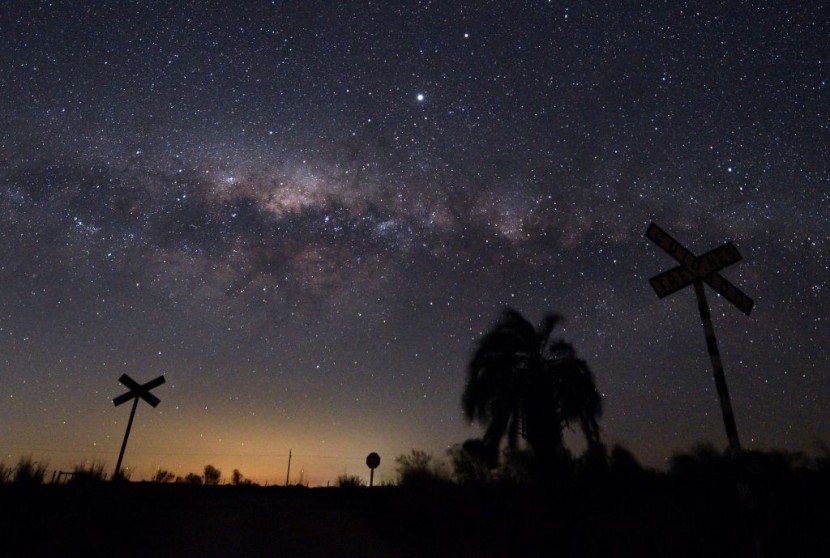Astronomers discovered a new solar system in the Milky Way that is made up of six planets that are perfectly in sync.
The system was found to be moving like a grand cosmic orchestra and is believed to have been untouched by outside forces since its birth billions of years ago. The finding was announced on Wednesday and could provide new insights into how solar systems across the galaxy were born.
Newly-Discovered Solar System

The new solar system is located roughly 100 light-years away and in the constellation Coma Berenices. The discovery was achieved by the coordinated observational efforts of a pair of planet-hunting satellites, NASA's Tess and the European Space Agency's (ESA) Cheops.
The chief astronomer at Philadelphia's Franklin Institute, Derrick Pitts said that the planets within the recently discovered solar system are a rare example of how researchers "think solar systems are born." He added that the planets are in perfect synchronous orbit with each other.
None of the planets in the solar system that are in perfect synchrony are located within the star's so-called habitable zone. This means that there is very little chance that they harbor any form of life, as per CBS News.
Adrien Leleu of the University of Geneva, who was part of an international team that published the results of the study in the journal Nature, said that they now have a golden target for comparison. Pitts noted that due to the solar system being untouched, researchers could understand more about how our own cosmic region was formed.
He said that it is fairly difficult to look at a solar system like ours and conduct what he calls forensic astronomy. This is the process of looking back over time to imagine what the dynamic conditions were like in the early stages of our solar system.
Pitts noted that there was so much dynamic activity in our solar system's early time that it is difficult to analyze. He said that our solar system looks quite different now than when it first started.
Planets in Perfect Sync
The star in the middle of the solar system is known as HD 110067 and is believed to have even more planets than the six ones that are in perfect sync. However, the ones that have been discovered are roughly two to three times the size of Earth but have densities closer to the gas giants in our own solar system, according to the Los Angeles Times.
The orbits of the planets range from nine to 54 days, which puts them closer to their star than Venus is to our sun and makes them have exceedingly hot temperatures. As gas planets, they are believed to have solid cores that are made up of rock, metal, or ice. Scientists also noted that they are enveloped by thick layers of hydrogen.
More observations are needed in order for astronomers to determine exactly what is found inside the planets' atmospheres. The innermost planet of the system completes three orbits for every two by its closest neighbor, which is a pattern repeated by the second and third, and the third and fourth closest planets, said the Associated Press.
Related Article : NASA's 2040 Moon Human Settlement Ambition Fascinates Scientists








